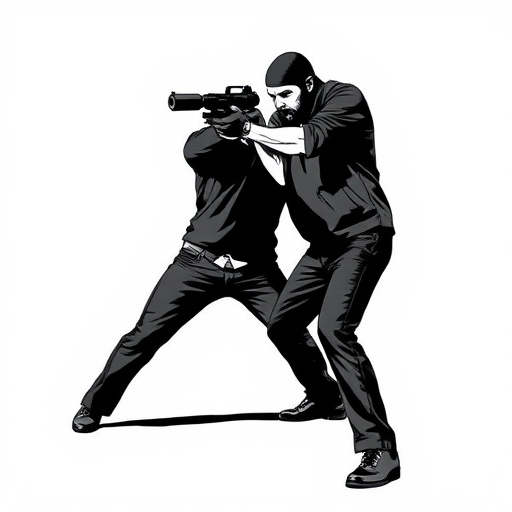Understanding electrical pulse frequency (measured in Hertz) is key to evaluating a stun gun's effectiveness for self-defense, with optimal ranges typically between 20,000-60,000 Hz. Other critical factors include voltage, pulse width, contact area, and electrode quality, as well as the device's design and legal compliance to ensure safety. The best value stun guns for self-defense balance power and safety, providing individuals with a reliable tool for personal protection in various situations.
Uncover the power behind stun guns with our comprehensive guide to electrical pulse frequency. Understanding the science behind these devices is key to effective self-defense. We explore how pulse frequency impacts stun gun performance and break down factors affecting their effectiveness, setting the record straight beyond just pulse speed. Discover the best value stun guns for self-defense through an in-depth review, considering safety and legal standards for peace of mind.
- Understanding Electrical Pulse Frequency: The Science Behind Stun Guns
- Factors Affecting Stun Gun Effectiveness: Beyond Pulse Frequency
- Best Value Stun Guns for Self-Defense: A Comprehensive Review
- Safety and Legal Considerations: Navigating Pulse Frequency Standards
Understanding Electrical Pulse Frequency: The Science Behind Stun Guns
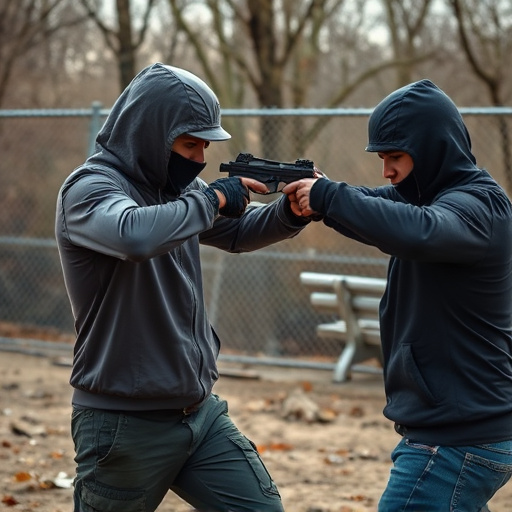
Understanding Electrical Pulse Frequency is key to comprehending the effectiveness of a stun gun for self-defense. Stun guns emit electrical pulses, typically measured in Hertz (Hz), which deliver a powerful shock to disrupt muscle control and cause temporary incapacitation. The best value stun guns for self-defense often prioritize high pulse frequency—typically ranging from 20,000 to 60,000 Hz—to ensure maximum impact without causing serious harm.
Scientists attribute the stun effect to the electrical current’s disruption of nerve impulses and muscle contractions. A higher pulse frequency means more rapid and intense jolts, making it harder for a target to move or fight back. This scientific principle underpins the reliability and effectiveness of stun guns as personal defense tools, providing individuals with an affordable and accessible way to protect themselves in various situations.
Factors Affecting Stun Gun Effectiveness: Beyond Pulse Frequency
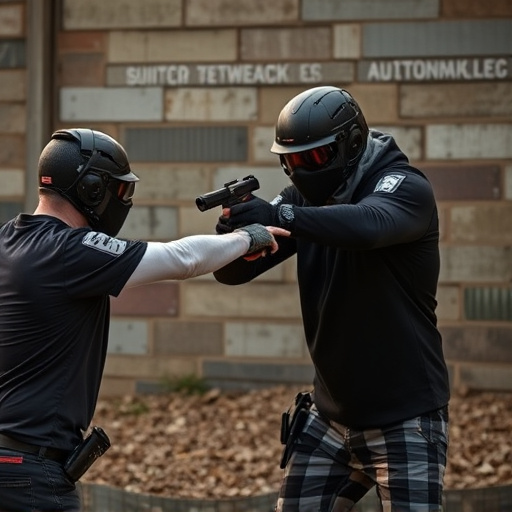
The effectiveness of a stun gun goes beyond just pulse frequency. Several other factors play a significant role in its ability to provide the best value for self-defense purposes. One crucial aspect is voltage; a higher voltage means more intense shock, but it must be balanced with safety to avoid severe injuries. Additionally, pulse width—the duration of each pulse—is essential; shorter pulses can penetrate clothing better, ensuring a faster and more effective stun.
Another critical consideration is the contact area and the quality of electrodes. Larger surface areas make it easier for the electrical current to flow through the target, enhancing the stun’s impact. Moreover, the design and shape of the stun gun affect its ease of use and ability to access hard-to-reach areas. When choosing a stun gun for self-defense, considering these factors ensures you get the best value—a powerful yet safe tool for protecting yourself.
Best Value Stun Guns for Self-Defense: A Comprehensive Review
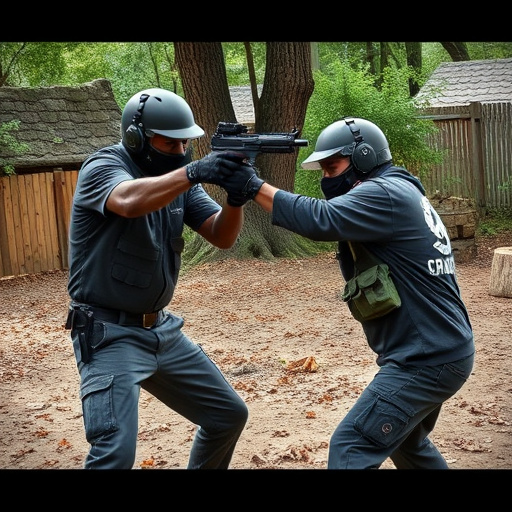
Safety and Legal Considerations: Navigating Pulse Frequency Standards
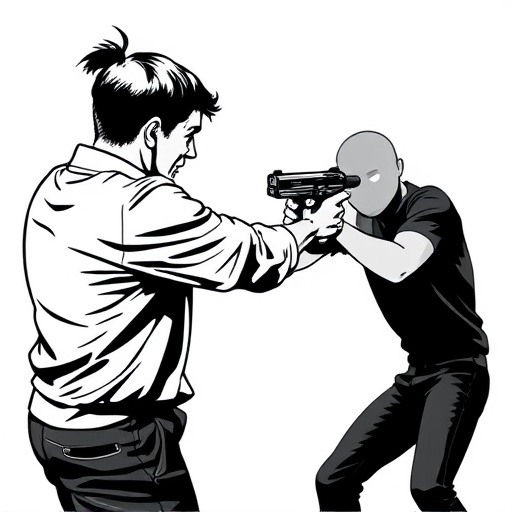
When considering a stun gun for self-defense, safety and legal compliance should always be top priorities. One critical aspect to explore is the pulse frequency, or how many electrical pulses are delivered per second. The ideal frequency strikes a balance between effectiveness in incapacitating an assailant and minimizing potential harm to bystanders or the user.
In many regions, there are specific standards and regulations governing stun gun operation, particularly regarding pulse frequency. These guidelines ensure that stun devices operate within safe parameters. For instance, most legal authorities recommend devices with lower frequencies, often ranging from 100,000 to 400,000 volts at a frequency below 10 Hz, offering the best value for self-defense while adhering to safety standards. This range is designed to stun and disable without causing severe or permanent injury.
When selecting a stun gun for self-defense, understanding electrical pulse frequency is key. While pulse frequency plays a role in effectiveness, it’s not the only factor. Consider the various aspects discussed, including safety and legal standards, to make an informed choice. Among the best value stun guns for self-defense reviewed, those with well-regulated pulse outputs offer the most reliable protection. Always prioritize safety and adhere to local laws when carrying a stun gun.
